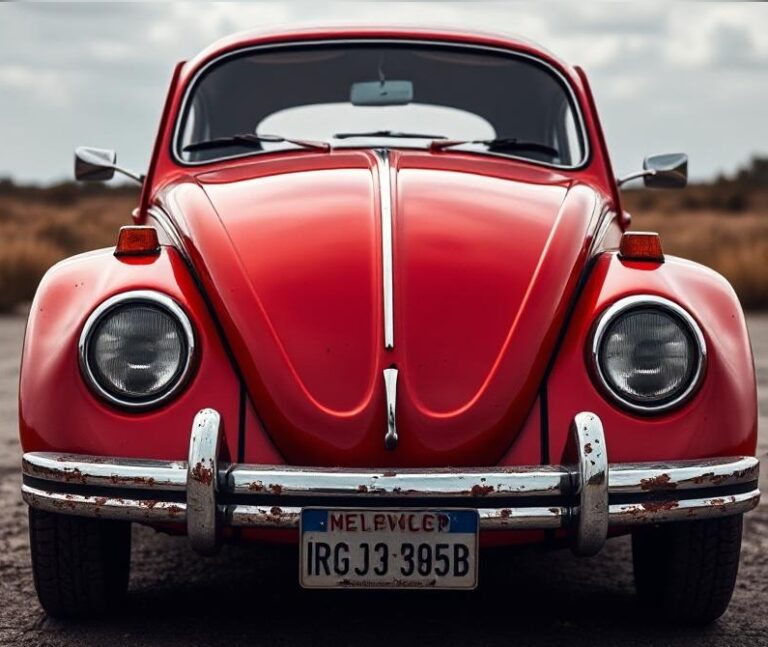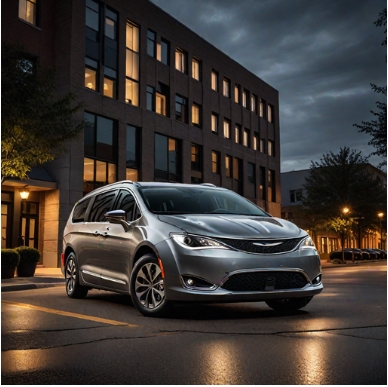The Evolution of the Jeep Commander
The Jeep Commander stands as a notable chapter in Jeep’s storied history, representing the brand’s foray into the mid-size SUV segment with a focus on rugged capability, versatility, and family-friendly features. Launched in the early 2000s, the Jeep Commander underwent several iterations before being phased out, reflecting shifts in consumer preferences, market demands, and technological advancements. This article chronicles the full evolution of the Jeep Commander, detailing its production timeline, model variants, and trim levels.
Introduction and Launch (2005–2010)
Origins and Market Entry
The Jeep Commander was officially introduced to the North American market in 2005 as a 2006 model. It was designed to fill the gap between the Jeep Grand Cherokee and the more utilitarian Jeep Wrangler, offering three-row seating, off-road capability, and a blend of comfort and utility. The Commander was built on the Chrysler LX platform, sharing components with other Chrysler vehicles like the Dodge Durango and Chrysler Aspen.
Production Years
- Production Span: 2005–2010
- Market Availability: Primarily North America, with some markets receiving limited imports or variations
First-Generation Jeep Commander (2006–2010)
The first-generation Jeep Commander was available as a 2006 model and continued until 2010, marking its entire production run. It was notable for its boxy, utilitarian styling, reinforced by Jeep’s traditional design language, and its capability as an off-road SUV.
First-Generation Models and Trim Levels
2006–2007 Models
During its initial years, the Jeep Commander was offered in multiple trim levels, emphasizing different configurations of luxury, off-road prowess, and performance:
- Sport: The base trim, equipped with a 3.7-liter V6 engine producing 210 horsepower, featuring cloth seats, basic audio systems, and minimal luxury features.
- Limited: A more upscale trim offering leather upholstery, power accessories, premium audio, and additional convenience features.
- Overland: The top-tier trim, featuring luxury-oriented amenities such as leather interior, wood accents, upgraded audio, and the availability of the 5.7-liter HEMI V8 engine.
Powertrain Options (2006–2010)
- 3.7-liter V6: Standard on Sport and Limited trims
- 4.7-liter V8 (power: approximately 290 hp): Optional on Limited and Overland trims
- 5.7-liter HEMI V8 (power: approximately 330 hp): Standard on Overland trims, with optional on some Limited models
- All-Wheel Drive (AWD) and Four-Wheel Drive (4WD): Available across most trims, with various transfer case options
Features and Packages
Throughout its first generation, the Jeep Commander offered various packages, such as:
- Off-Road Packages: Including skid plates, tow hooks, and off-road tires
- Luxury Packages: Including premium audio, navigation, and sunroof options
- Safety Features: Electronic stability control, traction control, multiple airbags, and optional rear parking sensors
Mid-Cycle Refresh and Continued Production (2008–2010)
In 2008, the Jeep Commander received a minor facelift that included revised front grille, updated headlights, and interior refinements. The engine lineup remained largely the same, although the V6 received some efficiency improvements.
Additional Trim and Package Options
- Altitude Edition: Introduced later in the run, featuring unique blacked-out styling elements, 20-inch wheels, and sportier accents
- Special Editions: Occasionally, special editions were released, such as the 2008 Jeep Commander “X” and other themed variants, mainly for marketing and promotional purposes
.
THIS might be a great place to get your new car from!
Or for those who are into the “car flipping” business, here’s an excellent resource for you!

.
Discontinuation and Market Exit (2010)
By 2010, Jeep discontinued the Commander due to declining sales and shifting consumer preferences toward more fuel-efficient and crossover vehicles. The model was replaced by the Jeep Grand Cherokee in some markets, while Jeep focused on expanding its SUV lineup with more modern offerings.
The Jeep Commander in International Markets
While the Jeep Commander was primarily marketed in North America, it also saw limited releases in other regions such as the Middle East, South America, and certain Asian markets. Variations in trim and engine offerings were common based on regional preferences and regulations.
Key Features and Innovations Over Its Lifecycle
- Seating Capacity: Up to 7 passengers with three-row seating
- Off-Road Capability: Jeep’s legendary 4WD systems, including Command-Trac and Selec-Trac, were available
- Towing Capacity: Ranged up to approximately 5,000 pounds, depending on engine and configuration
- Safety and Technology: Introduction of electronic stability control, upgraded audio and navigation systems, and optional rearview cameras in later years
Summary of Jeep Commander Models and Trims
| Year | Model/Trim Levels | Notable Features |
|---|---|---|
| 2006 | Sport, Limited, Overland | V6 and V8 engines, basic to luxury options |
| 2007 | Sport, Limited, Overland | Minor updates, introduction of optional packages |
| 2008 | Sport, Limited, Overland, Special Editions | Facelift, improved interiors, new styling accents |
| 2009 | Similar to 2008 | Slight feature upgrades, more safety features |
| 2010 | Final model year | Discontinuation, last updates |
Legacy and Significance
While the Jeep Commander had a relatively short production span, it remains noteworthy for its combination of rugged off-road capability with family-oriented features. Its design reflected traditional Jeep aesthetics, and its three-row seating was a significant selling point in the mid-size SUV segment.
The Commander’s departure from the market was part of a broader industry trend favoring crossover SUVs over traditional body-on-frame designs, leading Jeep to focus on the Grand Cherokee and the development of the Jeep Cherokee (KL) and Jeep Grand Cherokee (WL) models.
Conclusion
The Jeep Commander’s evolution from its launch in 2006 to its discontinuation in 2010 illustrates Jeep’s commitment to providing versatile, capable SUVs that cater to both off-road enthusiasts and family users. Its range of trims and features allowed buyers to select models tailored to their needs, from rugged off-road adventurers to luxury-seeking families. Today, the Commander remains a beloved model among enthusiasts and collectors, symbolizing Jeep’s rugged heritage and versatility during the mid-2000s.








